Many of us our familiar with the Manx cat breed, but there are a lot more interesting facts to this cat aside from the shortened tail. According to the Cat Fanciers’ Association, the Manx cat breed is “an ancient breed that originated on the Isle of Man in the Irish Sea. The Manx taillessness is caused by a mutation that probably originated among the island’s native shorthair cat population. Because it is a dominant gene, spread to the other cats on the island.”

An Original Show Cat, Me-ow!
The Manx cat breed were reportedly one of the very first cats to be shown in the cat show circuit, which premiered in the 19th century. The Manx is a hearty cat breed, with strong, sturdy bodies and they usually live long, healthy lives with limited health conditions. Although most Manx cats live purrfectly healthy lives, the same mutation that controls taillessness in these cats can also affect a Manx cat’s spine. Because of this, it can lead to severe disease consequences because of its effects on the development of the spine and spinal cord. “Manx Syndrome” and spina bifida are two conditions commonly seen when the spine and spinal cord is affected.
Balancing Cat Breed: Although cats use their tails for balance, the Manx cat adapts thanks to their magnificent genetic makeup. It has been hypothesized by experts that the Manx possesses an especially sensitive vestibular apparatus to compensate for their lack of tail.
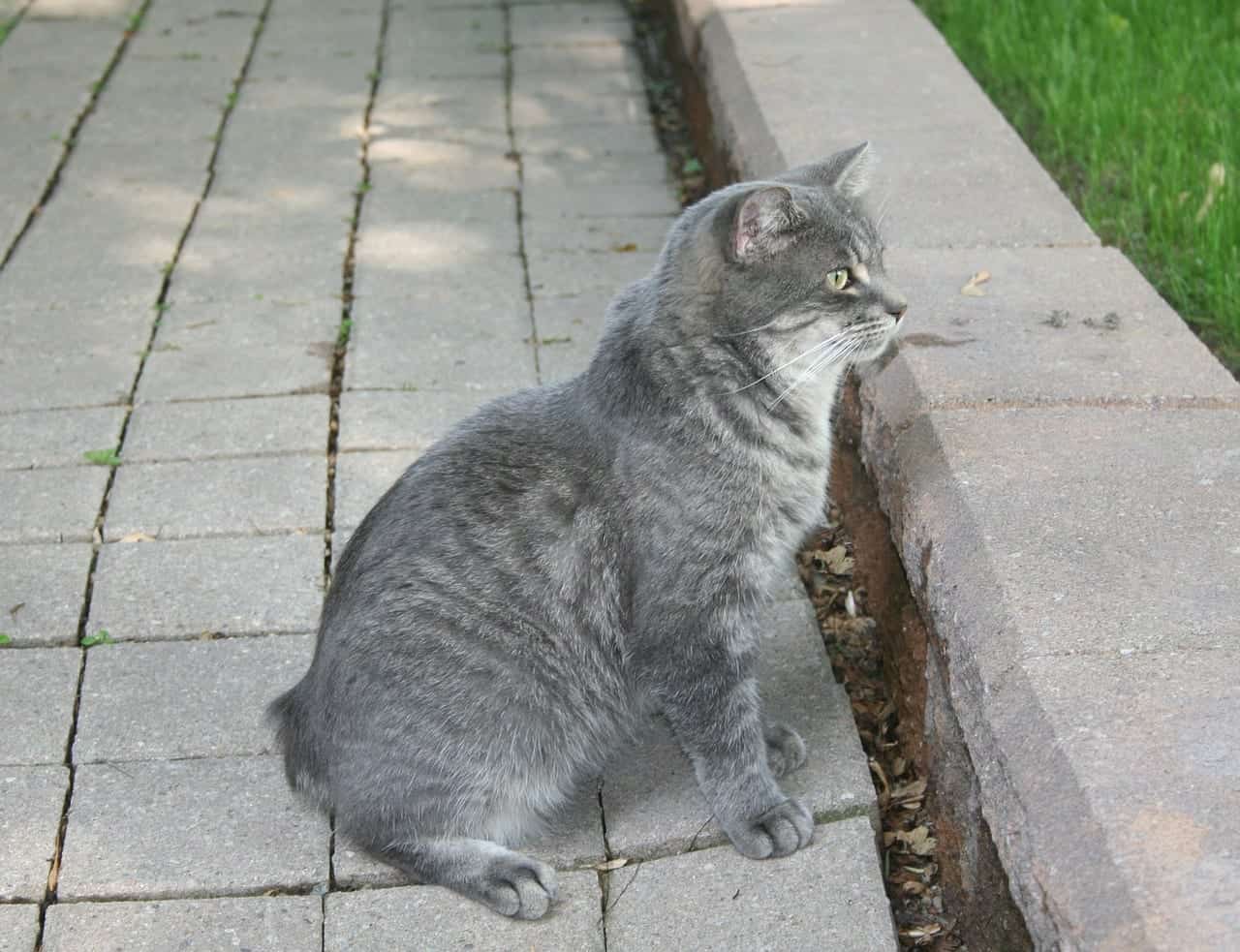
There Are Different Variations of The Manx Cat Breed
Often when we think of a Manx cat, the shortened or “rumpy” tail comes to mind. While these cats usually have short, stump-like tails, there are technically several variations in tail style for the breed: Rumpie, Riser, Stumpie, Stubbie, and Longie.
Although the tail names kinda sound like the names of gnomes, here is the actual breakdown of their classifications:
Rumpie: Where a cat has no tail at all but might have a little tuft of fur in place where a tail would normally be.
Riser: Where there is a bump of cartilage under the fur, though no really noticeable tail.
Stumpie: Where there is only a little stump that reaches a maximum of 1″ in length.
Stubbie: Where there is a shorter-than-average tail of fused bones, up to about half the length of a regular tail.
Longie: Where a cat has a half- to almost normal-length tails.
Manx Cat Fact: The Manx is both long-haired and short-haired, although the shorthaired version is much more common.
Dog-Like Cats
The Manx cat has a calm and chill personality, much more like that of a canine. Similar to the laid-back personality of the marvelous Maine Coon, the Manx cat breed makes for a great family pet. They do well in homes with children of all ages, and they are often reported to stay close by their owners’ side or in the general vicinity when in their presence. These are cats that love their people and show it by staying nearby.
Celebrity Manx cat fact: Stimpy of The Ren & Stimpy Show is a Manx cat.
Island Cats
Now, we’re not referring to the Rastafarian island cats with bongos and beads, but the Isle of Man is where this ancient cat breed gets its name. This island lies in the Irish Sea, nestled in between England and Ireland.
There are a few stories surrounding this tailless cat breed and how they came to be:
According to one story, the cat was traveling with the Spanish Armada when it was wrecked on the Isle of Man in 1588. The cats swam to the island and made it their home. Another story is that they were brought to the Isle by Phoenician traders, who arrived from Japan. Others claim that the cat was introduced to the island by Viking settlers who colonized it.
Inhabitants of the isle also have many fanciful tales to account for its lack of tail. It is most often attributed to a spontaneous genetic mutation that occurred many centuries ago. According to one story, the Manx was a result of a cross between a cat and a rabbit. Another imaginative tale narrates how Irish invaders stole the cat’s tail to make plumes for their helmets. Yet another interesting story suggests that the Manx was brought to Noah’s Ark but since time was short and as they were the last passengers to climb aboard, Noah slammed the door on their tails.
According to early American registry records, the first Manx cats were imported from the Isle of Man over a century ago, but as demand for the breed grew, breeders began to rely on Britain and France for new imports.
Adorable Manx cat breed fact: Many Manx cat owners report that their cat has a rabbit-like gait, making it seem as if they hop rather than walk as an ordinary cat would. SO. ADORABLE.
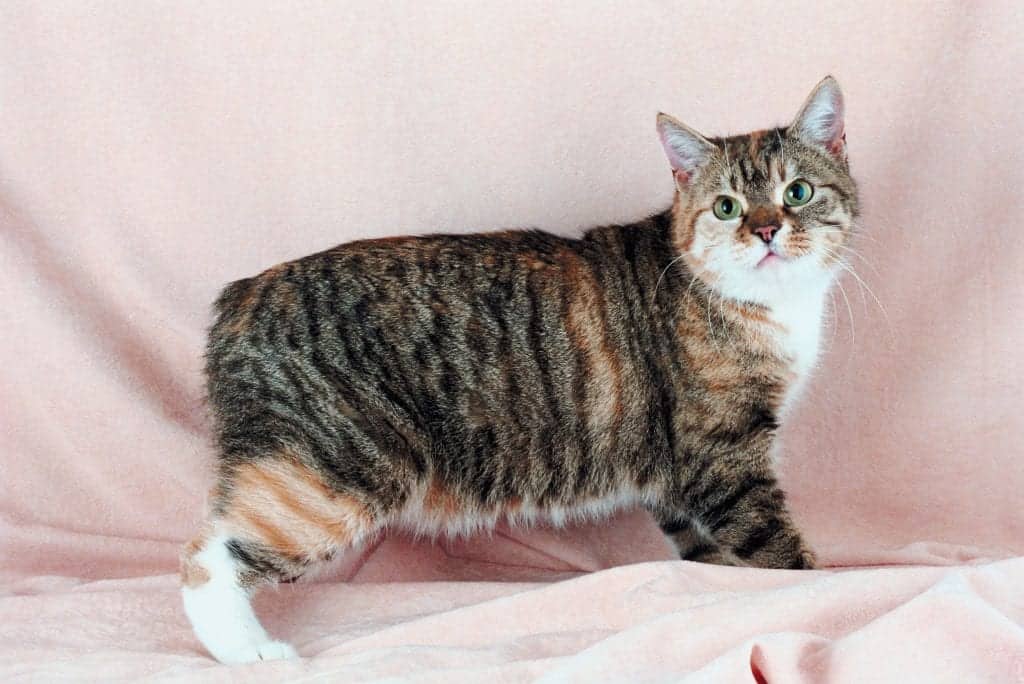
Cats of Legend
There aren’t only speculations surrounding how this cat came to existence. There are a few speculations on how they got their tails specifically. Obviously these legends of Manx folklore came before man was aware of genetic mutations and their effects on the body. But they make for good stories to say the least! Here are the two most popular Manx cat tail legends:
People once said that the Manx was running late for Noah’s Ark. When Noah slammed the door, he severed its tail. Others theorized that Manxes were “cabbits”—the hybrid offspring of a cat and a rabbit. This was due to their long back legs, short tail, and rounded rump.
Manx Cat breed tail fact: all Manx have at least one gene for a full tail. Therefore, even two cats carrying the Manx (tailless) gene can produce a full-tailed kitten.
The Manx is undoubtedly playful, loving, loyal and truly dedicated to the people they see as theirs. Do you have a Manx cat in your life? Share with us in the comments section!
REMEMBER: ADOPT, DON’T SHOP; FOSTERING SAVES LIVES & SPAY AND NEUTER!
Related Story: A Fun Collection Of Facts About The Russian Blue Cat Breed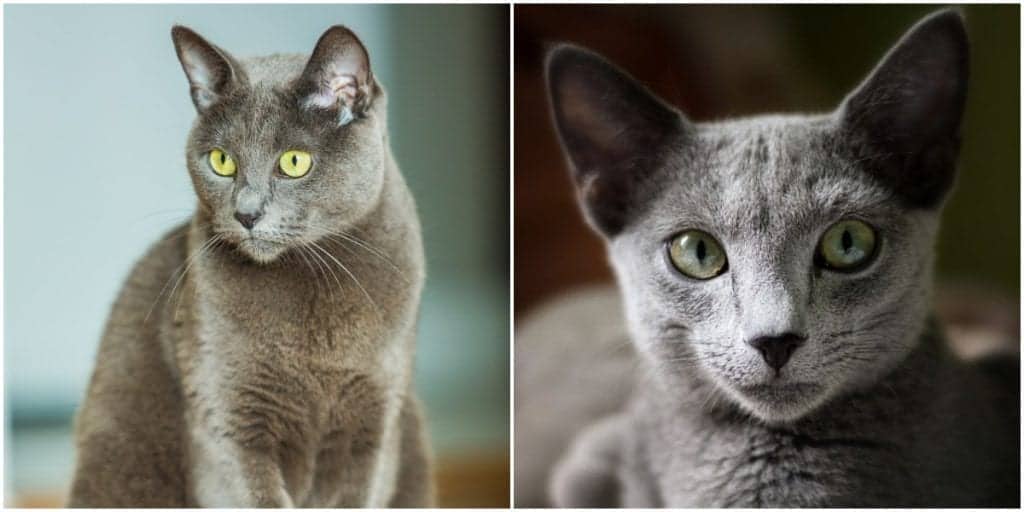 Related Story: Fun Facts About The Siamese Cat Breed…”If You Please!”
Related Story: Fun Facts About The Siamese Cat Breed…”If You Please!”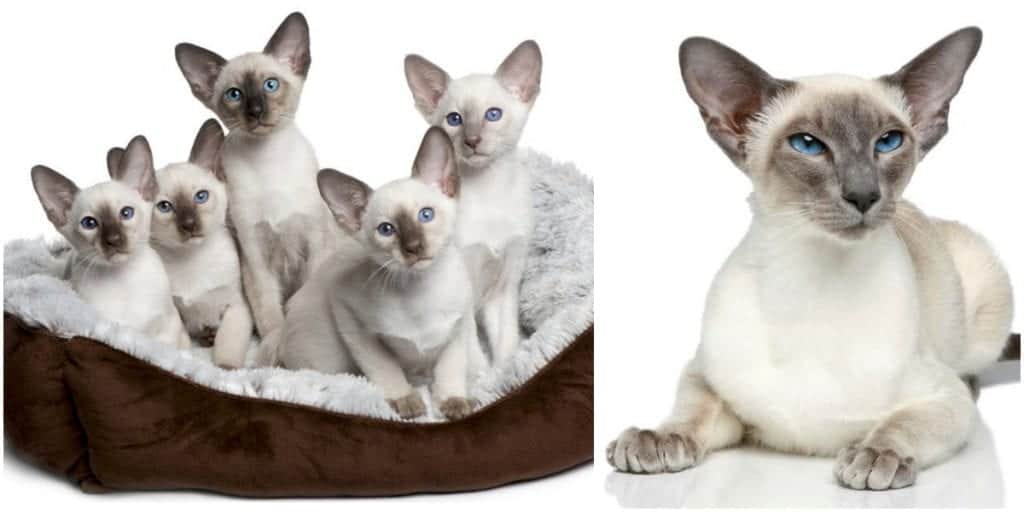


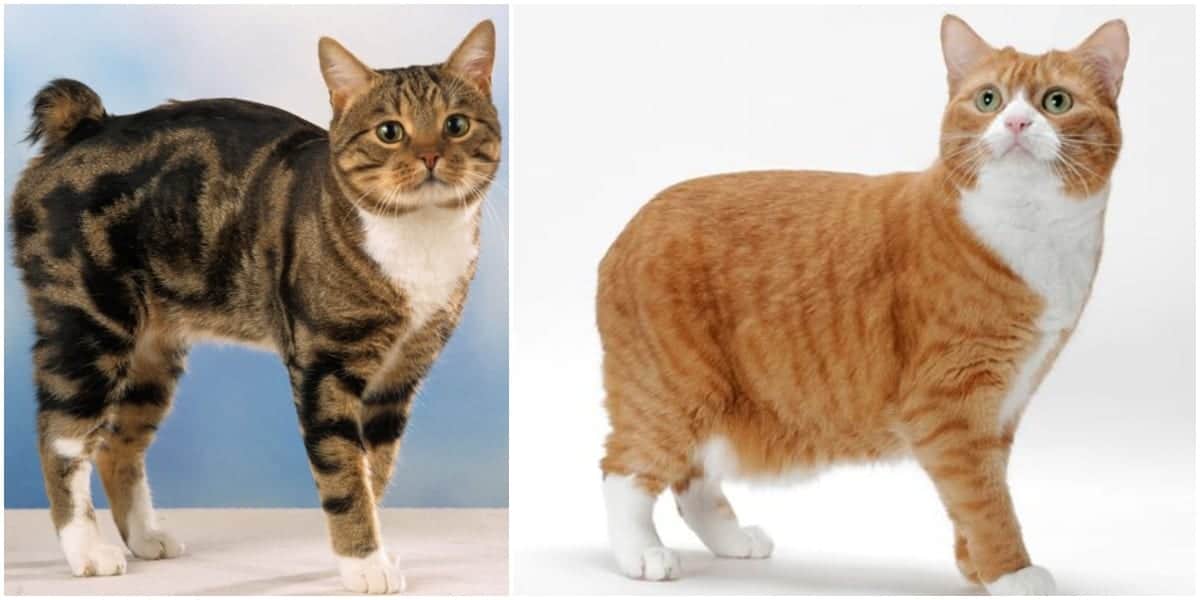


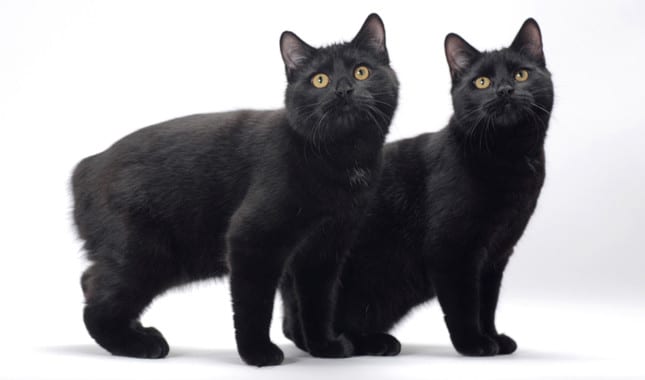
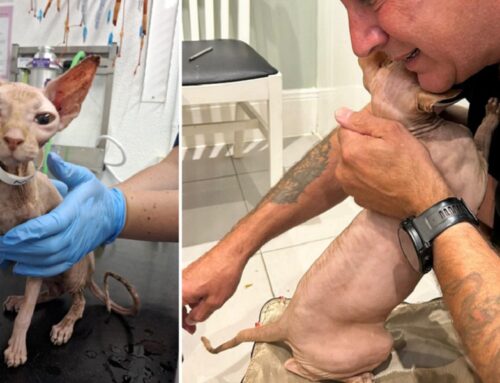
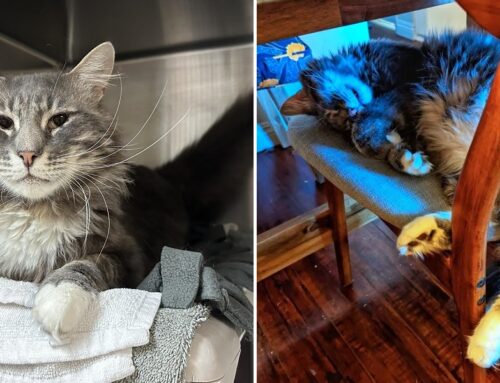





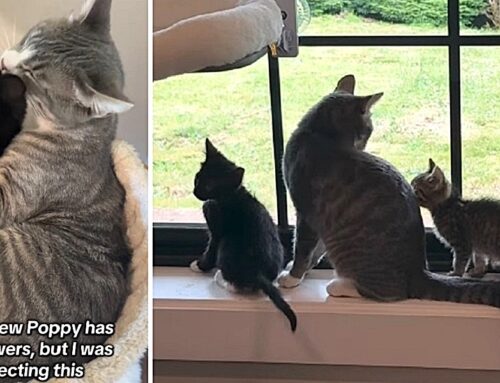


I had a Manx Cat named Squeaky and she had mega-colon. She was abandoned in the desert by her former owners who abused her. She lived for about 9 or 10 years until she developed diabetes. She was very loyal and faithful but also very unlucky and unfortunate
I also had a Manx that developed mega-colon. We didn’t catch it until he was about 17, I think.
My favorite cat breed, aside from alley kitties. I was 10 years old when my family got our first Manx. She and her siblings and mother were feral. She was all black and had a shortened tail that had a kink at the end–a stubbie. We named her Meow Meow. We had several Manx through the years–Bobbie, Patrick, Bunny. We have a ginger rescue now who is a stumpy. Her name is Maxie. Love these cats. Very smart and can be social, but also solitary.
Love my little black Manx cat. Follows me everywhere and always has to know where I am. She loves high places and playing with feathers. She even greets me at the door when I get home from work.
I have a Manx and my kids call her my dog/cat as she comes when I call, sits with me when I pat the seat next to me and is incredibly talkative! We love her!
I own a Manx cat. He has been with us since he was about 3 weeks old and he is now 12. Rescued him and his brother, who is not a Manx. Tater has many quirks one of which is sitting on his bum! The vet did warn us that because of his lack of tail there would be issues with his bowels. He gets little cling- ons to his fur that drop off as he is walking around.We love him to bits and he loves us. He did go through a time of grief after my husband passed away but now he has staked my son as “his”.
I have a Torby Manx cat with fascinating markings. “Bonnie” (her litter mate is a Ginger cat, “Clyde”, – who interestingly has an extra long tail!). They were born feral (father known to be a Manx). She is extremely loyal and the Matriarch of my cat family (of 6). She is small and runs like a rabbit (used to go outside when little) and even got attention of a Harris Hawk one time (she never was allowed outside after that!) She is my “caretaker” almost like a Emotional Support cat. Plays hard and aggressively and cuddles just as intensely. Clyde resembles a Mau – don’t know where that comes from though. He is the Court Jester of the family. Bonnie is unique, loyal and very affectionate. She has a silky undercoat with silver tipping and demands to be brushed every single day with some serious lap time. If I forget she starts tapping me on the arm, seriously “talks” to me and waits….
Being brushed on my lap seems to be the highlight of her day. She knows when I’m upset or stressed and seeks me out for “cuddle therapy”. Love my Bonnie!
I have a female siamese longie I rescued from a drug addicted home who thought they could sell siamese kittens but could not find any “buyers”. She is beautiful and spayed and loves going outside and protecting her guardians from the riffraff.
I have a female siamese longie I rescued from a drug addicted home who thought they could sell siamese kittens but could not find any “buyers”. She is beautiful and spayed and loves going outside and protecting her guardians from the riffraff.
Her name is Jin Jin short for Johnny Cat her sister from another mother.
My Manx cat, Penny, just turned 3 last week and she displays many of these Manx characteristics. She’s super friendly and loving to my boyfriend and I, and usually follows me around the house. She often plays fetch with hair ties and loves to meow and blep to get our attention. The day I adopted her from an animal shelter was the first time I had ever heard of or seen a Manx cat. We quickly bonded and she’s brought me so much happiness. I do not see myself ever having another breed of cat besides Manx because they are such amazing cats!
Also when they get upset it looks like a cotton ball is glued to their butt!
Rescued a litter of feral Manx kittens about 5 years ago, the mom cat was living in a foreclosure house down the road and was hit by a car. Didn’t know she had kittens until about 4 days later when they wobbled out still too young to eat had to bottle feed. We have 2 rumpies, 1 riser, 1 stumpie, 1 longie. We kept all five, the feral cat population is a problem where we live and no shelters took in kittens who needed to be bottle fed. They are indeed very smart and very loyal
I live on the Isle of Man and I have a pure white she is called Feena, she is inclined to be rather snooty at times, she does enjoy a fuss but very much on her terms, and she will sit with her back to you if she doesn’t get her own way! She enjoys hunting on fine days, if it’s wet she stays home!
I have a rescue manx. A cymric (longhair manx ) named Beatrix Potte she’s a stumpie, it looks like a pom-pom. Very smart. loyay and bonded to me. My 5th manx. I love herr
I am owned by a seal point riser. He is so spoiled, he is 2, neutered (his doing) and is getting more lovable each day. He disappeared for a week, so he got hisself neutered after that. Wish I had grankitties first! His name is Sapphire Baby McNubbins and he is one of the loves of my life. His mom is ferrel and he had a twin, wished I had gotten him also,but……
I have 3. Momma and 2 of her boys in the litter are Manx. Momma is long haired with a half tail. One boy is black with a nub tail. And the other boy is striped with barely a tail at all. I couldn’t part with any of them so they are all fixed living out their adult days in the countryside.
I had a stumpie tail tabby called buster he was so family orientated he loved my dad so much that I left him with my parents when I moved out.. He ended up living till he was 17 my mum recons he was 19 and he ended up dying of a paralysis tick his 3rd in as many months… he was a little deaf and probably a bit blind too but he never showed it to us… he did hav a bit of dementia too!! He started spraying in 1 spot which he never got out of (he never did that previously tho) so my mum got cranky and buster stayed outside… he got another tic and unfortunately didn’t make it. This cat followed us around like a dog. Meowed for stuff when hungry etc but also to say hello to everybody.. he loved laps and pats and genuinely loved all people (except my ex whom he hated. He’d run when he heard his voice) Buster even used to fetch. He was a 1 in a million cat… handsome and intelligent… I miss the buster duster… Defs an unique and beautiful natured cat for families since they love most everyone!!!